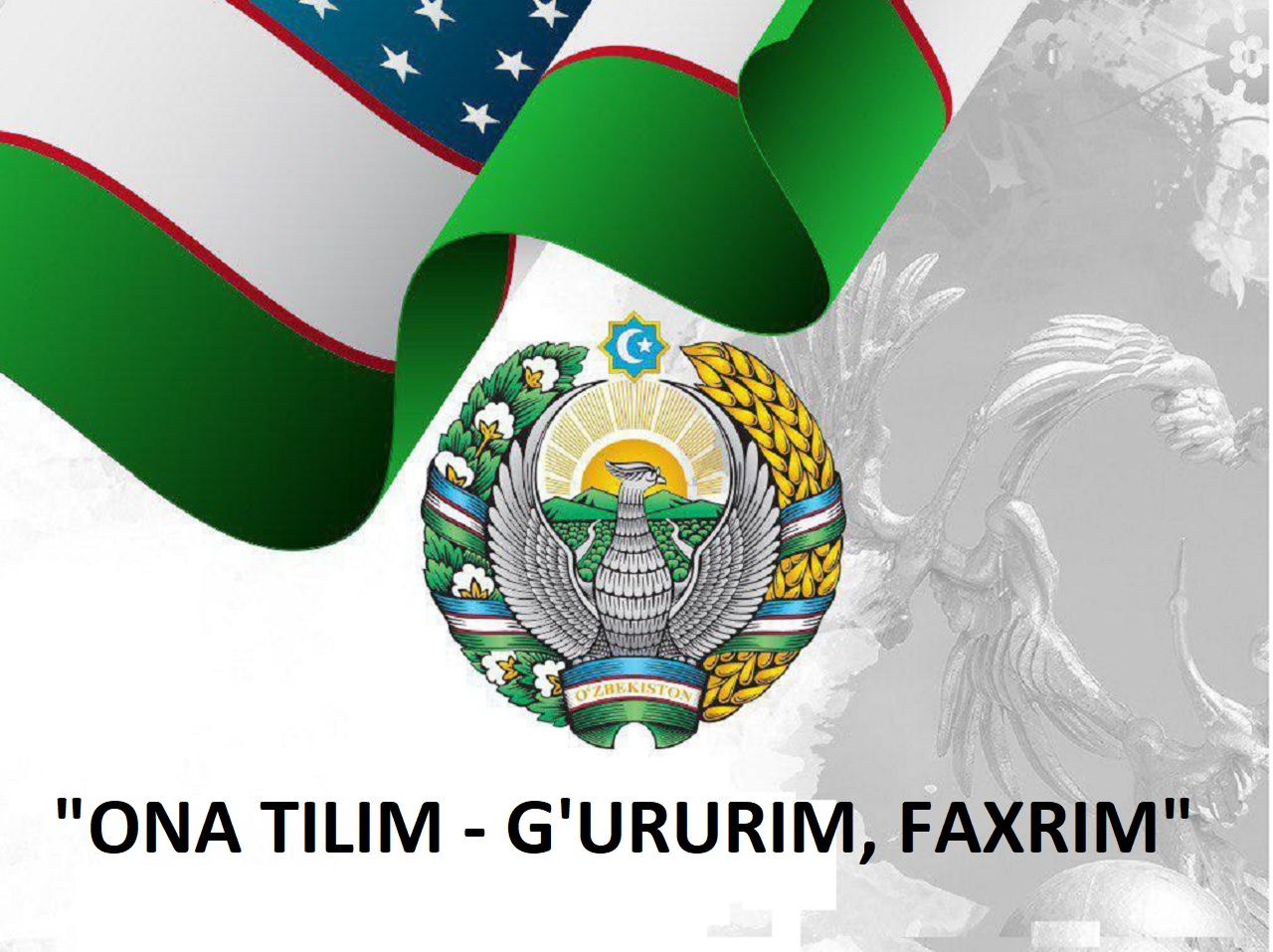The history of the emergence and development of the Uzbek language is closely intertwined with the history of its native speakers. The emergence of such a nation as the Uzbek people was due to the process of the merger of a number of ethnic groups, the means of communication of which were Turkic and Iranian languages. This explains a large number of dialects in the Uzbek dialect, between which there is a huge difference.
The history of the development of the Uzbek language can be divided into three stages: periods of ancient Turkic, Old Uzbek, and modern Uzbek languages.
Ancient Turkic language
This stage belongs to the V-XI centuries. The Turks settled along the shores of the Syr Darya, Amu Darya and Zerafshan, gradually pushing the inhabitants of the Indo-Iranian tribes. The means of communication was the ancient Turkic language, on the basis of which many Asian languages were subsequently formed. Today, there are only fragments of the ancient Turkic script, imprinted on cultural monuments belonging to this period.
Old Uzbek language
The second stage dates back to the XI-XIX centuries. During this time, the Uzbek language developed under the influence of many neighboring languages. A huge contribution to the formation of the language was made by the poet Alisher Navoi, who created a unified and developed literary language. It was in this form that it was used until the turn of the 19th century without change.
Modern Uzbek language
The twentieth century was marked by the beginning of the formation of the modern Uzbek language. It was based on the Ferghana dialect – universally recognized among all residents of Uzbekistan. Most of the population spoke this dialect, which they knew as the Sartain language, and its speakers were called Sarts. Ethnic sarts did not belong to the Uzbek people, but in the 20s of the last century the word “sart” was refused, and the inhabitants of the country began to be called Uzbeks. The norms of the literary language became more democratic, which made it much simpler and more accessible.
Uzbek writing
Over the entire history of development in the Uzbek language, there were three different scripts.
From antiquity to the end of the 20s of the last century, the Uzbek ethnic group was based on the Arabic alphabet. With the advent of Soviet power, the writing was subjected to a series of reforms. Until 1938, the Latin alphabet was in use, and then switched to the Cyrillic alphabet, which lasted until 1993. When the Republic of Uzbekistan became an independent state, the Latin alphabet returned again.
Today, in the Uzbek script, Arabic letters, Latin and Cyrillic letters are used in parallel. The older generation prefers Cyrillic graphics, and the Uzbeks living abroad prefer Arabic letters. In schools, they study in Latin, so it is difficult for pupils and students to read books that were published even during the Soviet era.
The Uzbek language is rich in loanwords from the Persian language. In the XX century, vocabulary was significantly enriched in Russian-speaking words, and today it is intensively replenished with English borrowings. According to the state program. There is an active cleaning of the language from borrowed words. All this, of course, causes special difficulties in learning the Uzbek language and translations but makes it peculiar and more interesting.
According to open sources, there are currently about 24 million speakers of the Uzbek language in Uzbekistan, 3 million – in Afghanistan, about 1 million – in Tajikistan, 500,000 – in Kazakhstan, about 350,000 – in Turkmenistan, and 300,000 – in Russia.









